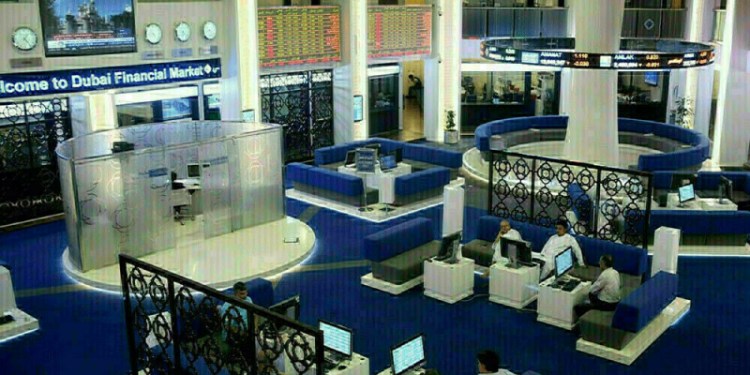 Australia inflation to stay low for some time, limit case for rate rise – RBA
Australia inflation to stay low for some time, limit case for rate rise – RBASYDNEY, April 17 (Reuters) – – Australia’s central bank saw scant reason to raise interest rates this month given inflation remained below target and likely to remain subdued in the face of sluggish wage growth.
Minutes of the Reserve Bank of Australia’s (RBA) April meeting showed its Board agreed the next move in rates was more likely to be up than down, assuming the economy gathered momentum as expected.
Yet, the Board also saw “no strong case” for a move in the near term, even as it notched up the longest period without a change in modern history.
The last move was a cut to 1.5 percent in August 2016, and financial markets are wagering this steady spell could last well into 2019.
Crucially, wage growth and inflation has undershot expectations for some years and showed little sign of heating up soon.
“Low growth in labor costs in combination with strong competition in the retail sector suggested that inflation would remain low for some time,” the minutes showed.
The bank had said exactly the same thing this time last year, underlining the lack of improvement.
There was also a note of caution in the Board’s outlook, noting only that the economy “looked likely” to record faster growth in 2018 after a somewhat disappointing 2.4 percent outcome last year.
The labor market remained a bright spot with employment booming over the past year or so and leading indicators pointing to further gains ahead.
Yet unemployment had stayed stubbornly stuck around 5.5 percent and levels of underemployment were relatively high, a factor weighing on wage growth.
That in turn had restrained consumer incomes and spending power, particularly given record levels of household debt. OLUSECON Reuters US Online Report Economy 20180417T013117+0000
Fusion Media or anyone involved with Fusion Media will not accept any liability for loss or damage as a result of reliance on the information including data, quotes, charts and buy/sell signals contained within this website. Please be fully informed regarding the risks and costs associated with trading the financial markets, it is one of the riskiest investment forms possible.
Source: Investing.com


























